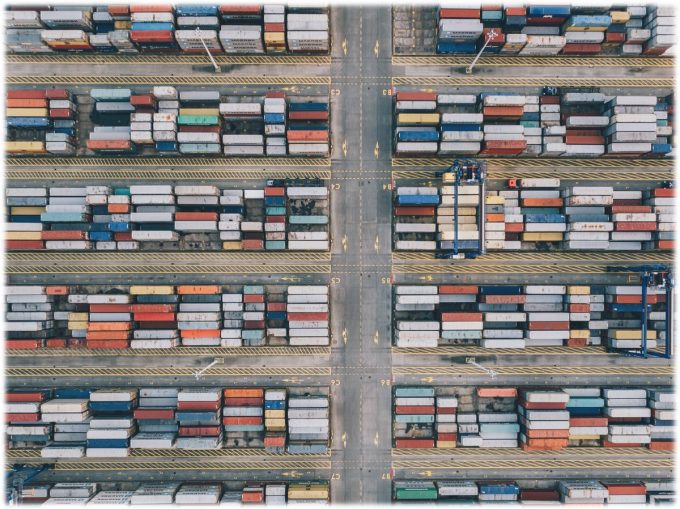In 2017 DCT Gdansk saw a growth rate of 24%, with volumes growing to just under 1.6 million TEU (20-foot equivalent unit).
2017 saw the full operational introduction of the second terminal, T2, which doubled capacity. “This facilitated the continued growth of our relationship with the 2M Alliance and then in May the arrival of the OCEAN Alliance. Having the world’s two largest Alliances provide direct calls with the largest ships in their fleet is a real testament to the vision of building DCT Gdansk” – says Cameron Thorpe, CEO of DCT Gdansk.
For 2018, DCT continues to plan for growth and the terminal has initiated its ‘T2B program’ –due to roll-out over the next 3 years. The program highlights include:
o Two additional ship-to-shore cranes arriving in Q3 of 2018, enabling the T2 berth to deploy 7 cranes (all 25-wide outreach) by the end of this year. In support there will be an expansion of the yard area with 5 additional all-electric e-RTGs.
o The main gate will be fully automated with optical character recognition (OCR) cameras registering vehicles and containers arriving against bookings made in the VBS.
o The next key development will be to significantly increase rail capability with rail-sidings being extended to 750m and the number of sidings increased from 4 to 6; total siding capacity will expand by 80% to 4.5km. The expansion will be supported by dedicated electrified RMG handling equipment as well as OCR cameras.
“The new investments are all focused on constant improvement in customer service levels across key areas. However that’s not all, over the next two years there will be a second fairway approach to the Port of Gdansk, which DCT will have access to. This will further reduce the time from pilot-station to berth, enhancing the total port turn-around time of the ULCV’s calling. Longer-term, DCT has considerable ability to expand both berth and yard footprint, so we can effectively continue to grow in-line with market demand” – comments Cameron Thorpe, CEO of DCT Gdansk.
DCT will provide regular updates on the successive phases of T2B investment project.
About DCT:
The development of DCT Gdansk since 2007 has unlocked direct access to the fastest growing region in Europe. Previously, Polish cargo had to come a long way by road, rail or transshipment from a port in the North Sea, adding time and cost; DCT Gdansk ensures that Poland is connected to the largest shipping trade-lane between Europe and Asia. The region’s goods can trade with Asia efficiently, reducing cost, giving more competitive delivery times and at the same time providing a lower carbon footprint per container.
In 2017 DCT Gdansk handled 1.6m TEU, with direct calls by the largest ships afloat. DCT Gdansk is the only terminal in the Baltic Sea capable of handling ships of this size. A vital piece of direct foreign investment, the terminal facilitates the generation of more than PLN 6 billion to the Polish state budget receipts from VAT, excise and customs duties.
DCT doesn’t just serve Poland, its ideal geographical location means that DCT Gdansk serves as a transshipment hub for the upper Baltic markets providing a cost-effective solution for the Baltic States, Eastern Sweden, Finland and St. Petersburg in Russia. It is also one of the most efficient ways to serve key hinterland markets in the Czech Republic, Slovakia and Belarus.
These three pillars of trade; the strong domestic market, the growing hinterland market and expanding upper-Baltic transshipment are propelling the growth at DCT.
In late 2016 DCT Gdansk completed and opened its T2 facility, doubling capacity to 3million TEU annually and is now undertaking further expansion with its T2B program.

Comment on this article
James bowe
March 08, 2018 at 12:26 pmA programme on radio4 covered an article which stated from the port management at gdanst, that when we leave the European we would be last on the list to get containers cleared. What would the delay be from the best clearance to the worst? How could this discrimination take place?